EV startup company Fisker Inc. filed for Chapter 11 bankruptcy in a Delaware Court on Wednesday.
This filing comes after months of struggles for the company. In March, Fisker desperately tried slashing prices on its vehicles to stay afloat. The company has suspended production of its EVs and hopes the bankruptcy protection filing can be a ‘viable path forward.’
Fisker Filings
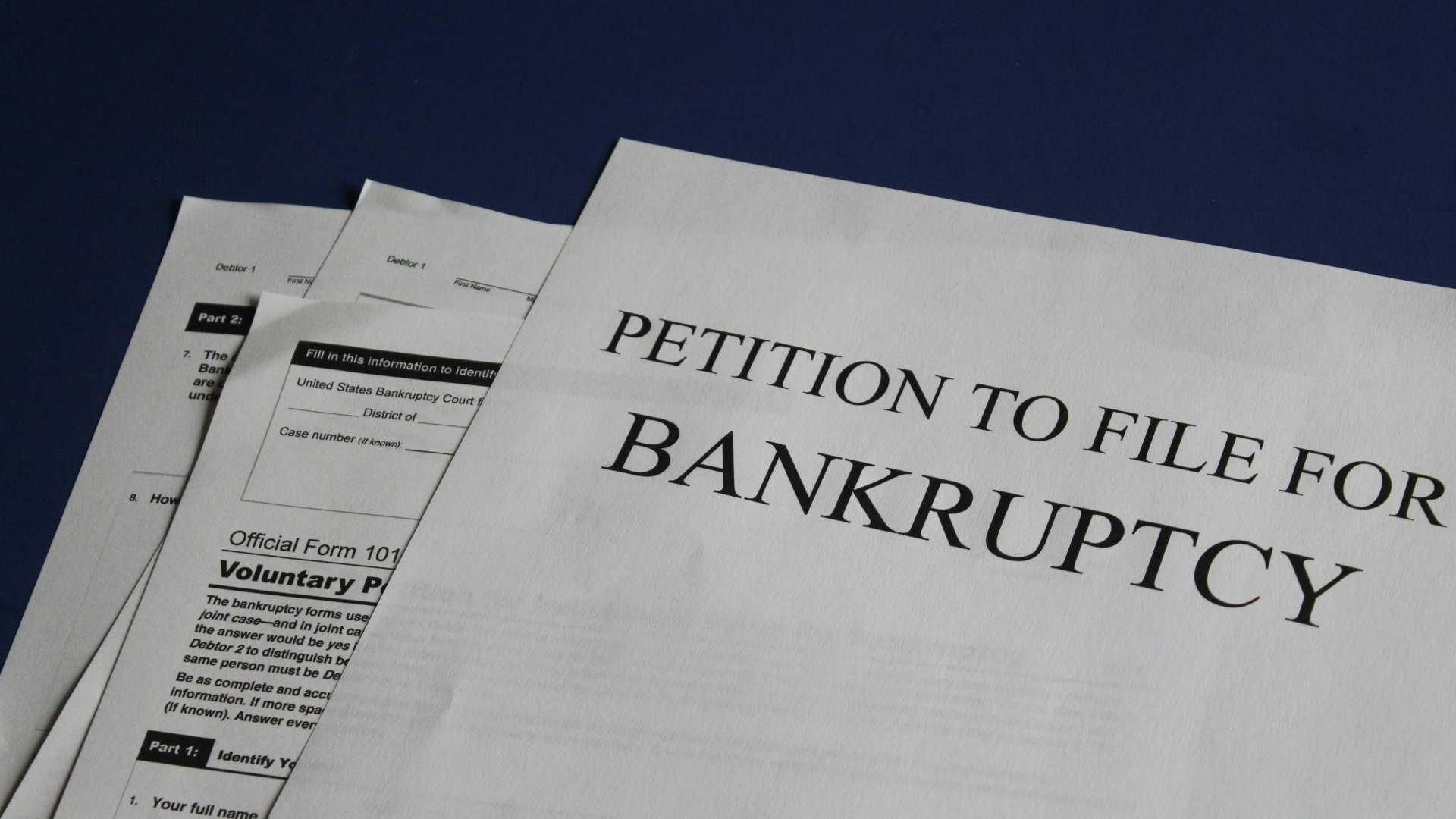
According to the bankruptcy filings by Fisker, the electric vehicle company has between $100 to $500 million in liabilities and between 200 to 999 creditors.
Fisker listed its assets which it estimates total between $500 million to $1 billion. The company has been in business for seven years.
Company Statement
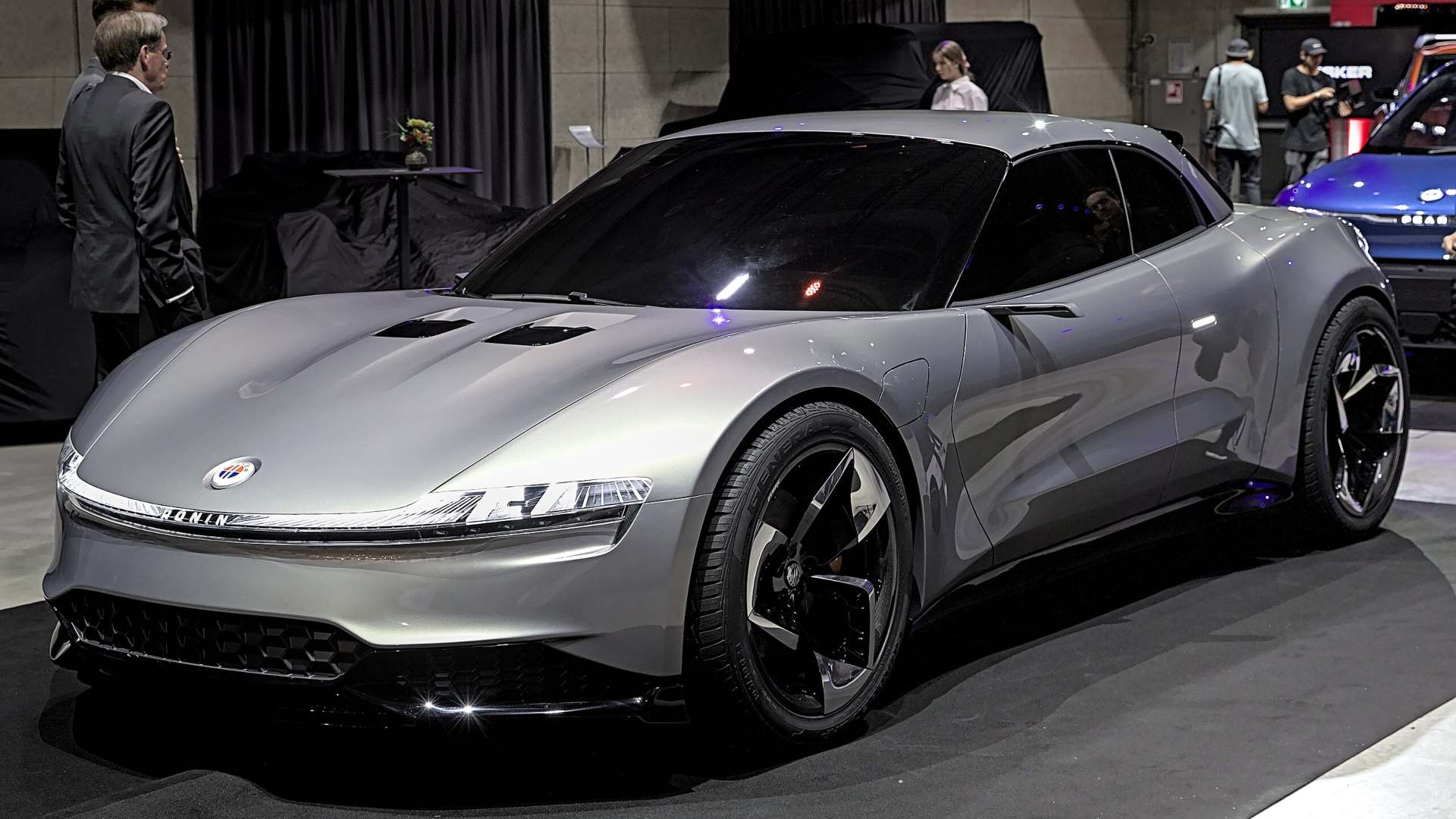
A Fisker spokesperson made a statement on the Chapter 11 filing, celebrating what the company has accomplished and blaming tough industry conditions.
“We are proud of our achievements, and we have put thousands of Fisker Ocean SUVs in customers’ hands in both North American and Europe. But like other companies in the electric vehicle industry, we have faced various market and macroeconomic headwinds that have impacted our ability to operate efficiently,” said a company spokesperson.
Ocean SUVs
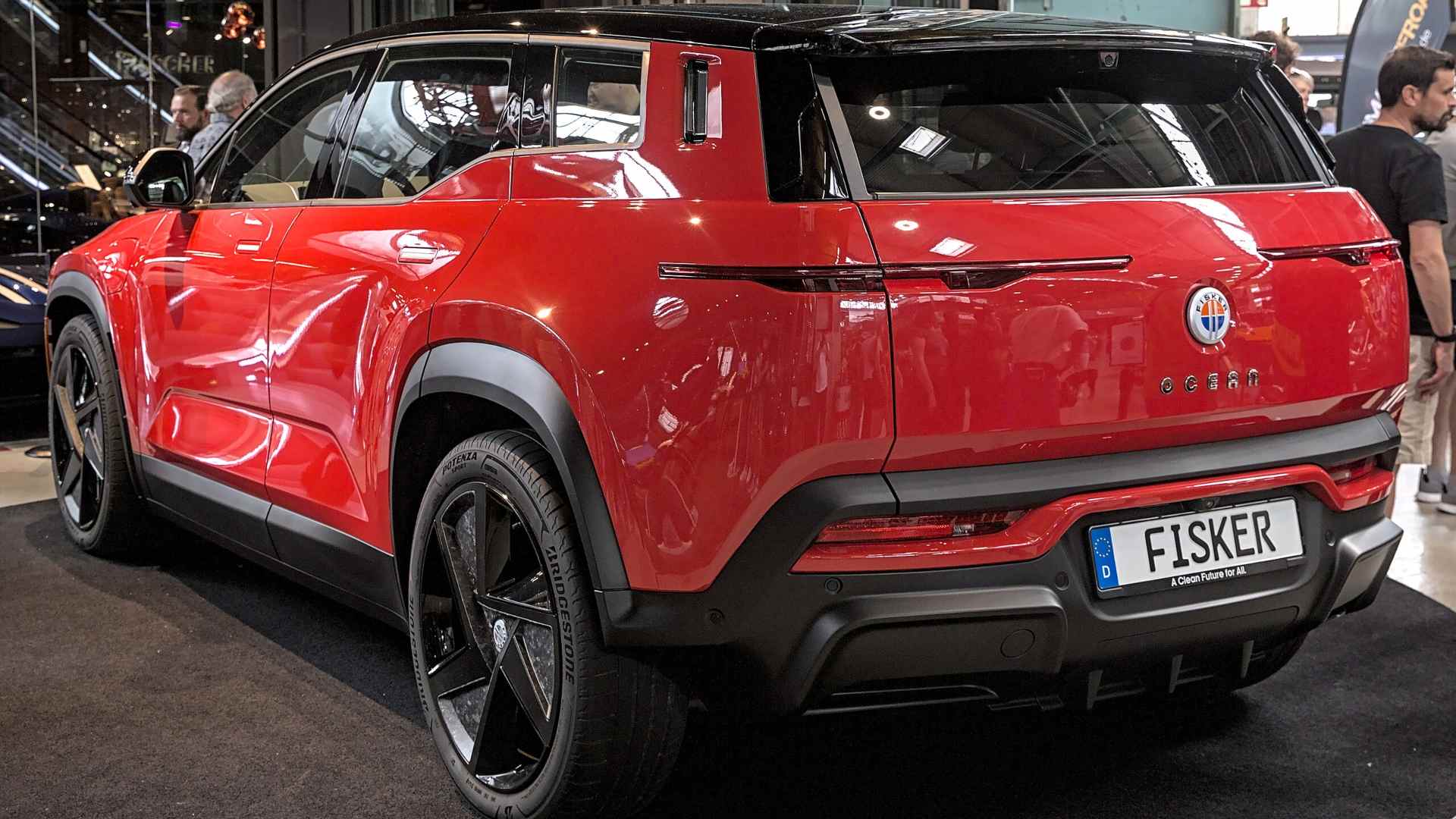
Fisker had made a sustained push and injection of investment into its new line of “Ocean SUVs” which reportedly caused them to hemorrhage cash.
“Fisker has made incredible progress since our founding, bringing the Ocean SUV to market twice as fast as expected in the auto industry and making good on our promises to deliver the most sustainable vehicle in the world,” said the company.
Path Forward

The company is optimistic that advanced discussions with stakeholders will lead to a viable path forward for Fisker but felt that the Chapter 11 protections were the best option at the present time.
“After evaluating all options for our business, we determined that proceeding with a sale of our assets under Chapter 11 is the most viable path forward for the company,” said a Fisker spokesperson.
Second Bankruptcy

This is the second EV company bankruptcy now on the record for Fisker CEO Henrik Fisker. Fiskers previous start-up, Fisker Automotive, filed for bankruptcy in 2013.
Fisker is a former BMW and Aston Martin designer whose vehicle designs have been critically praised in the industry. However, these designs have sometimes failed to capture the kind of financial success people were hoping for in his own company.
Consequences of Bankruptcy
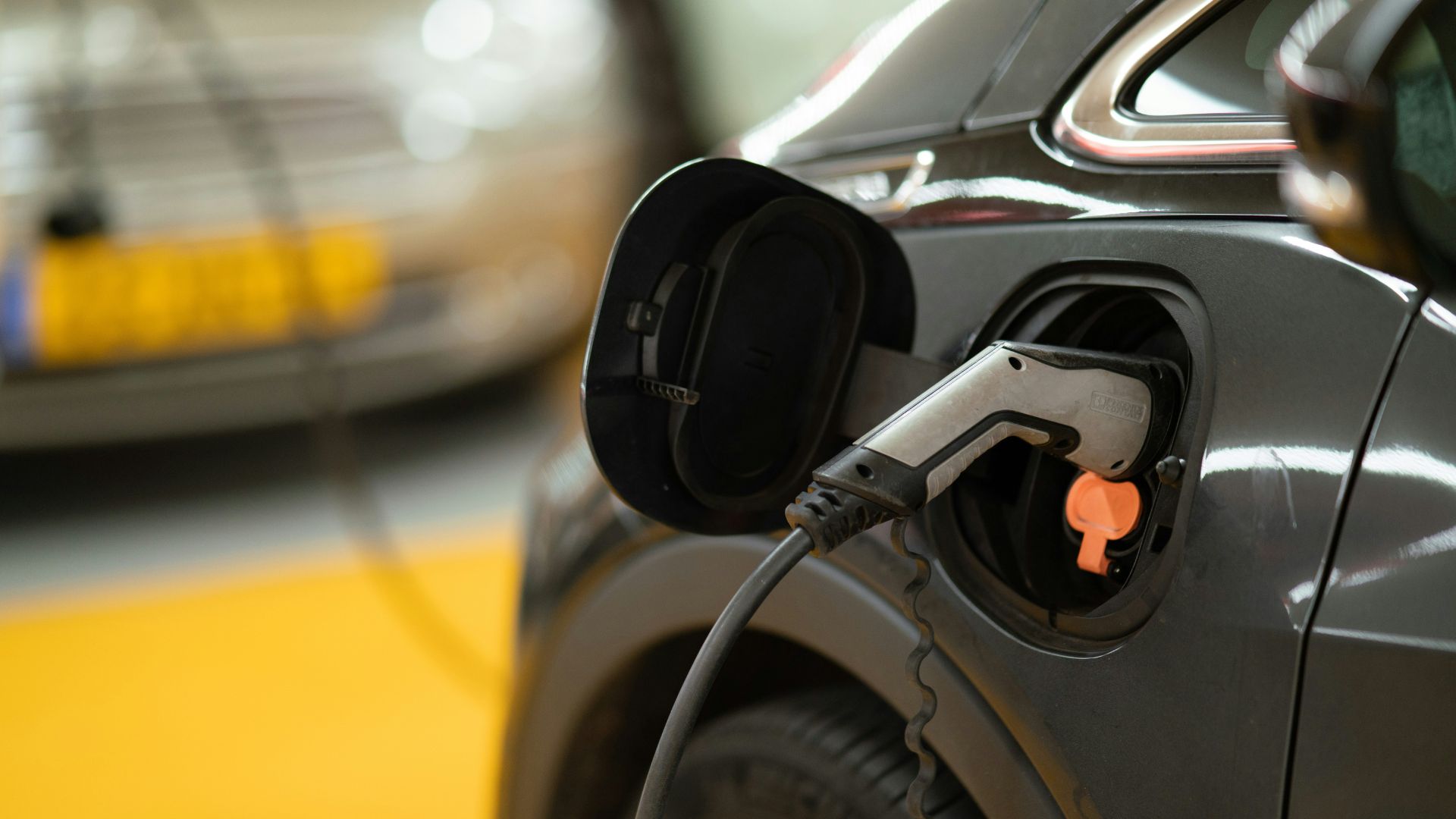
Before the bankruptcy, Fisker had been looking for other options, including negotiating with a major automaker to make a deal to save the company’s financials.
Fisker has paused its manufacturing efforts and stopped investment in future projects. Its workforce will reportedly be cut by around 15%.
Bankruptcy in the Industry
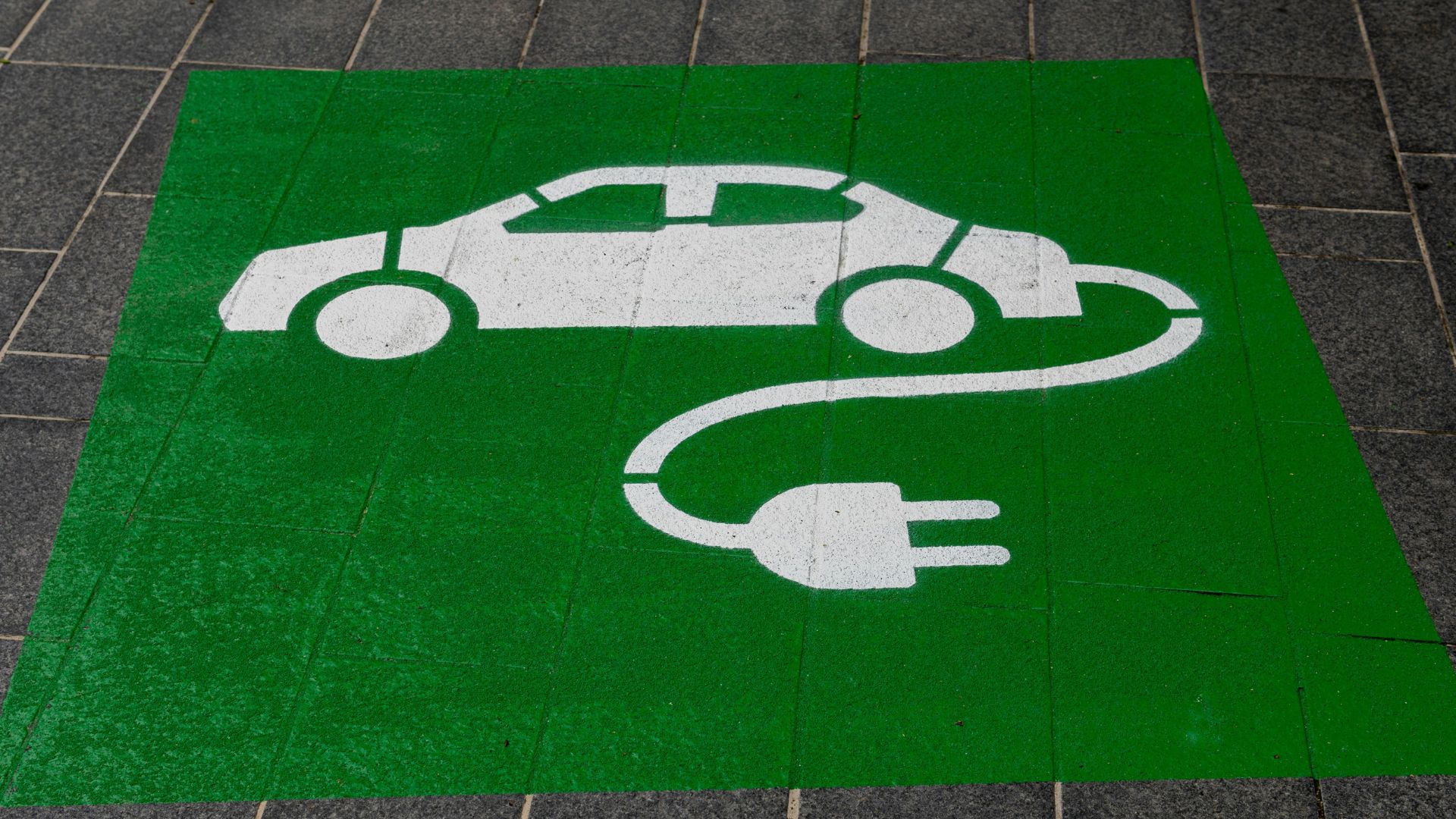
Fisker is not the only EV automaker to recently have to resort to a Chapter 11 filing. In the past two years, many EV competitors including Proterra, Lordstown, and Electric Last Mile Solutions have all gone bankrupt as the industry faces challenges.
The COVID-19 pandemic hobbled EV maker’s ability to meet production goals, and supply chain issues have made EVs expensive to produce. This inflated price tag has turned off many customers in the US and Europe, leading to many EV makers trying to drastically slash prices to meet customer preferences.
Price Cuts

In March, Fisker slashed prices from its Ocean SUV vehicles, its primary vehicle line, to make them one of the cheapest EVs available in America.
Some in the industry saw the move as a desperate attempt to get the company to survive. “The Ocean is now something it was never intended to be: The cheapest EV in America,” said Motor1 writer Christopher Smith.
Consumers and Price

Many polls on customers’ preferences around electric vehicles have found that price remains among the top concerns when it comes to buying.
A recent AP-NORC/EPIC poll found that almost 6 in 10 adults cite price as a major reason why they would not purchase an electric vehicle.
Tesla’s Shadow
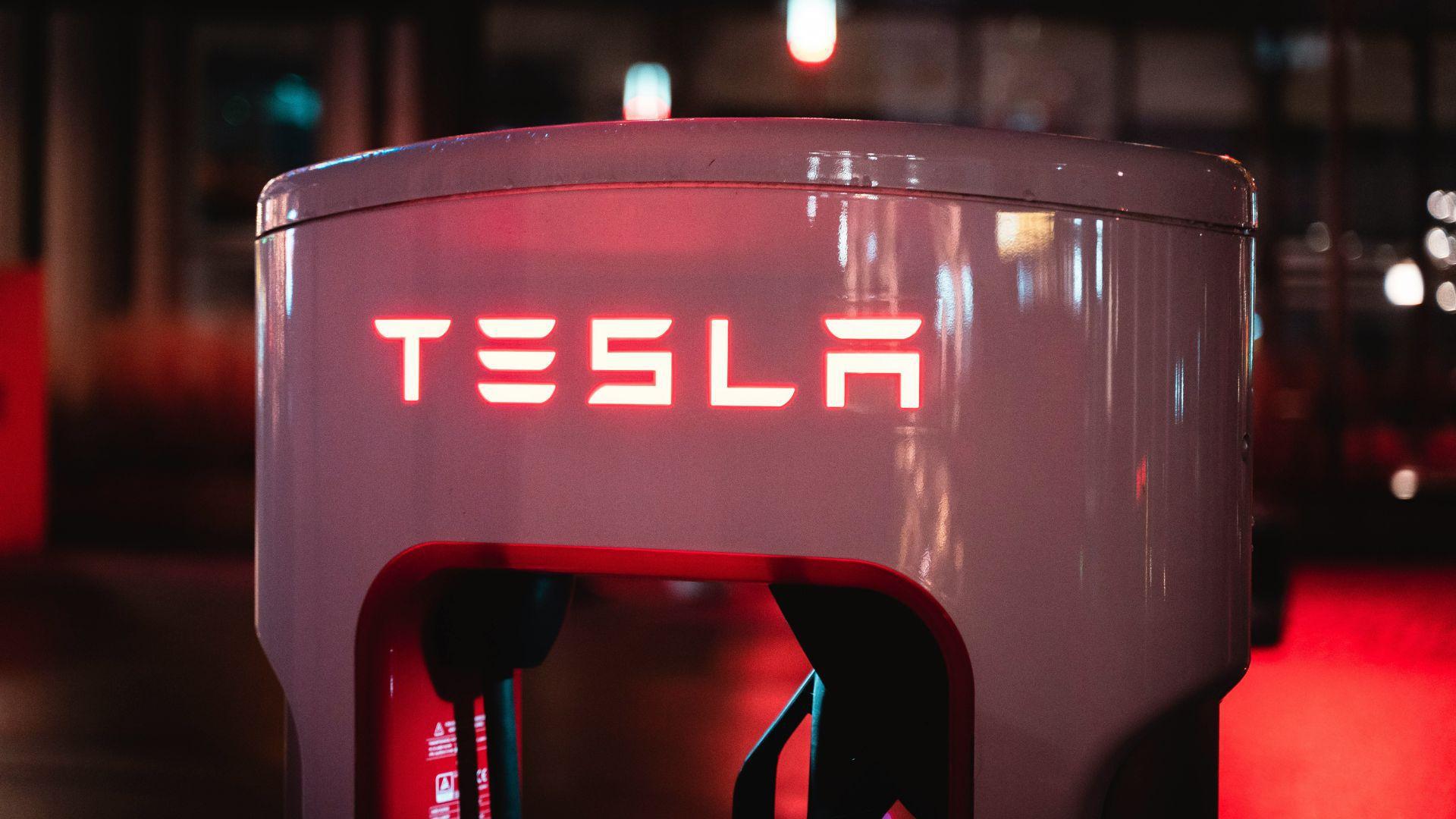
Many of these EV competitors looked to industry giant Tesla’s breakout popularity with electric vehicles and thought they could replicate it. However, the truth is that Tesla had a long streak of unprofitable until it was able to find success.
“They all looked at Tesla’s valuation and thought we will be the next Tesla,” said iSeeCars.com executive analyst Karl Brauers. “What a lot of these guys don’t want to admit is Tesla was unprofitable for 15 years. They had a heck of a runway.”
Industry Struggles
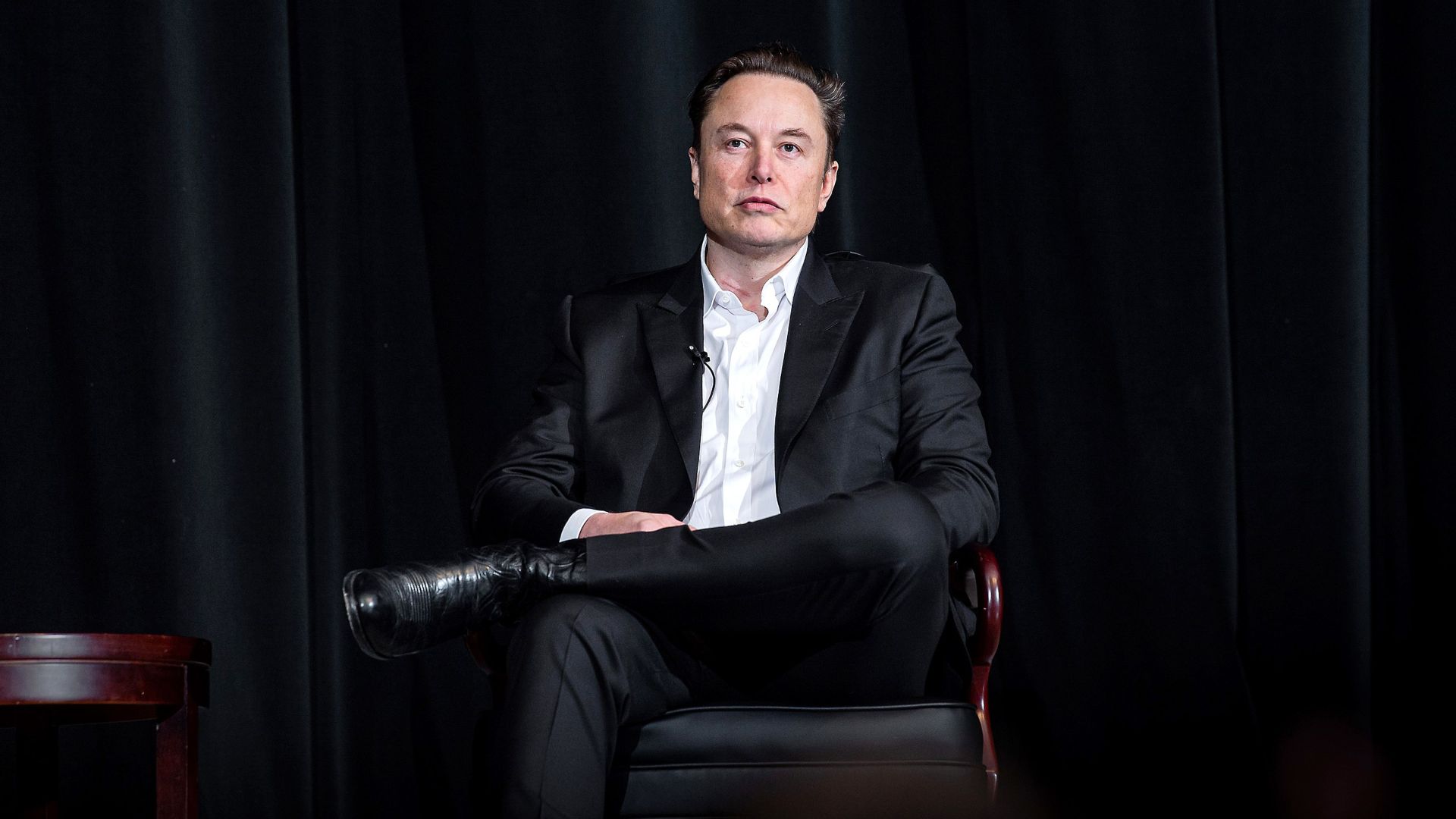
Fisker is only one data point among a struggling electric vehicle industry that once saw huge growth and enthusiasm. Even industry leaders like Tesla and BYD posted disappointing Q1 earnings reports this year.
“That’s where all of those headwinds come in that we’ve seen in survey data,” said Edmunds Director of Insights Ivan Drury in April. “Those real-world concerns about charging infrastructure, battery life, insurance costs.”
